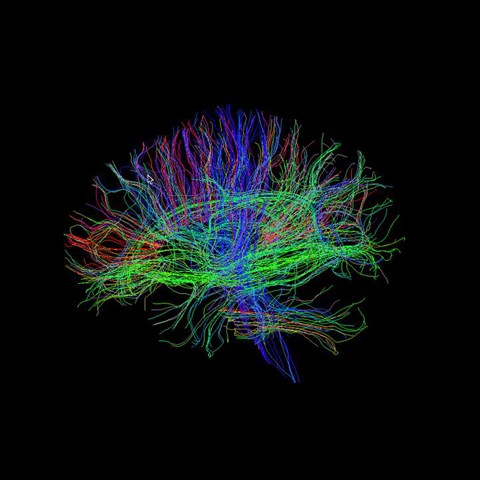
Vegetative state
Vegetative State (VS) and Minimally Conscious State (MCS)
There are several patients that after a significant cerebrovascular event, like stroke, hemorrhage, or trauma, maintain a persistent state of unresponsiveness. These situations are either Vegetative state and Minimally Conscious State. They are established by clinical presentation, radiological evaluation and electroencephalography. The radiological evaluation consists of brain MRI and MRA, as well as PET-CT for brain metabolism.
Some of these cases have been reported to progress after specific interventions. The data is inconsistent and thus considered at the moment experimental. The first two are neuromodulation technique:
The first option is Deep Brain Stimulation. By means of Stereotactic Surgery, two electrodes are implanted to targets of the basal ganglia and connected to a stimulator, which is programmed to stimulate the brain.
The second option is Spinal Cord Stimulation of the Upper Cervical Spinal Cord. An electrode is placed epiduraly at the upper cervical spine and connected to a stimulator in order to stimulate specific neural networks that can stimulate the brain upwards.
The third option can be combined with the previous neuromodulation methods and consists of placing an ommaya reservoir to the ventricular system and make injections of stem cells that are harvested from the patient.
The data of these methods are extremely limited. From various studies the methods for VS have increased conscious level to some perception, performing simple tasks and even being able to sit in wheel-chairs in about 15% of patients, while few case reports world wide describe better cerebral activity. For MCS the data for better recovery go up to almost 60-70% in very controlled patients, with around 30% being able to walk and have some sort of self control.
All these methods require monitoring and a post op rehabilitation program of 6-12 months.


